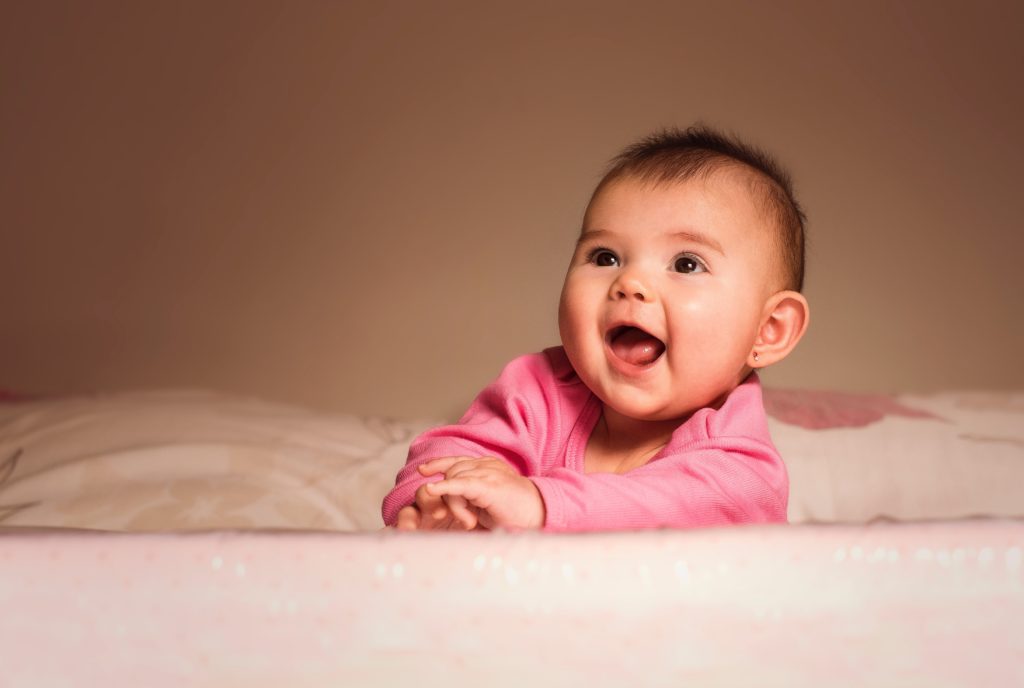
As your children grow up, learning how to brush their teeth becomes essential to their oral health journey. Once they’re old enough to wield a toothbrush, it’s time for them to learn the importance of brushing twice a day to keep plaque away. But while they haven’t reached that stage yet, it’s up to their parents to take care of their needs until they’re strong enough to do it themselves. For new parents, however, this might be a unique experience for them. After all, how do you clean your child’s teeth?
For one, what you do to clean baby teeth depends on your child’s stage of development. There won’t be any teeth to clean while your child is a newborn unless they’ve already developed them in the womb. And the way you take care of your kid’s baby teeth might need an upgrade once their permanent teeth come in.
That said, how do you brush a baby’s teeth? Here are some tips that might help you:
-
For babies who haven’t teethed yet, clean their gums with a soft cloth
If your child hasn’t developed natal teeth during the first few months after birth, they’ll most likely be toothless for now. Their mouths are also generally free of bacteria unless their parents already transmitted the bacteria via shared implements.
That said, you don’t need much to keep their oral hygiene in check. It’s best to keep your child’s routine gentle and straightforward. For one, you don’t have to use toothpaste just yet, not even the low-fluoride variety. Your baby might accidentally ingest the paste and get sick as a result. Instead, wet a soft cloth with some water, and softly rub their gums in a circular motion. This technique can help remove any stray sugars leftover from feeding. And as with any brushing, do this twice a day after they nurse for maximum benefits.
-
For children whose baby teeth have emerged, begin with gentle brushing
Eventually, around 4-8 months, your child’s first teeth may appear. Depending on the bacteria is present in your child’s mouth, these teeth may remain unscathed for the most part. But even so, it doesn’t mean you can skimp off their oral care routine entirely. On the contrary, you’ll need to double-down on it even more.
At this point, use a toothbrush, albeit a small and soft one. Get one too big, and you might risk choking your child. Get one with hard bristles, and it might irritate their gums. Once you’ve found the right toothbrush, you can then get to brushing their teeth with some low-fluoride toothpaste. Just a smear, however, and none more.
To clean baby teeth, sit them down on your lap, and gently face them away from you to help you reach their back molars. Make sure you brush each of her teeth from the inside out. Clean the tongue, if possible. Afterward, make sure they spit out the toothpaste afterward to prevent issues. -
For kids with fully erupted teeth, start them off the grown-up course
Once your kids are around three years of age, you can finally say goodbye to brushing their teeth and buying special low-fluoride toothpaste. Here, they can finally share in the family toothpaste and brush their teeth by themselves.
